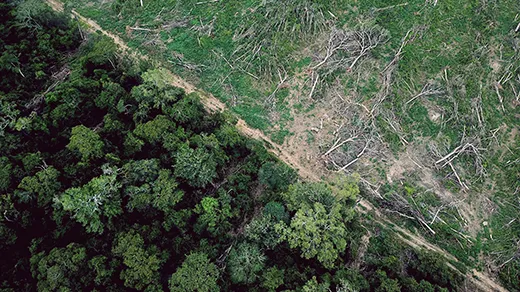What's up in
Abstractions blog
Latest Articles
How Randomness Improves Algorithms
Unpredictability can help computer scientists solve otherwise intractable problems.
Astronomers Dig Up the Stars That Birthed the Milky Way
There once was a cosmic seed that sprouted the Milky Way galaxy. Astronomers have discovered its last surviving remnants.
Bob Metcalfe, Ethernet Pioneer, Wins Turing Award
The American researcher was recognized for his central role in inventing, standardizing and commercializing the ubiquitous networking technology.
Dinosaur Bone Study Reveals That Not All Giants Grew Alike
A survey of prehistoric bones reveals that T. rex and some of its cousins had more than one way to reach enormous sizes. Evolution may have preserved that variation in modern animals too.
Shadows in the Big Bang Afterglow Reveal Invisible Cosmic Structures
Cosmologists are using secondary signatures from the cosmic microwave background to map the universe’s hidden matter.
Room-Temperature Superconductor Discovery Meets With Resistance
A paper in Nature reports the discovery of a superconductor that operates at room temperatures and near-room pressures. The claim has divided the research community.
Simpler Math Predicts How Close Ecosystems Are to Collapse
By replacing thousands of equations with just one, ecology modelers can more accurately assess how close fragile environments are to a disastrous “tipping point.”
Strange Solar Gamma Rays Discovered at Even Higher Energies
There appear to be too many gamma rays coming from the sun. New higher-energy measurements reveal that this excess continues for a bit, then disappears — a cutoff that could help clarify what’s going on.
With Nothing to Eat Except Viruses, Some Microbes Thrive
“Virovores” — organisms that survive and multiply by eating viruses — might influence the flow of energy through ecosystems.








